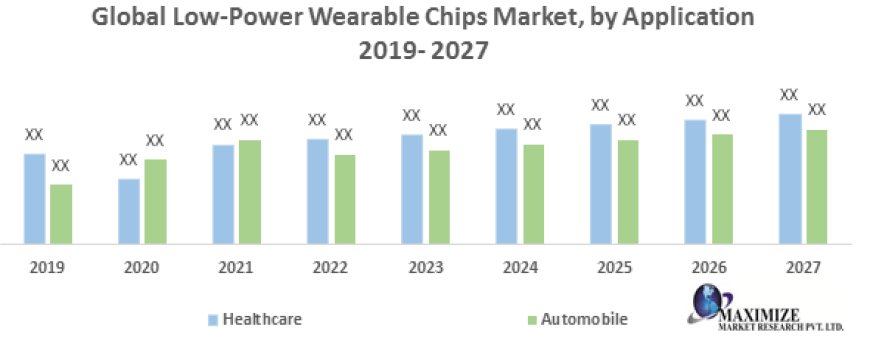Low-Power Wearable Chips Market Resilience: Adapting to Consumer Needs
Global Low-Power Wearable Chips Market size was valued US$ XX Mn in 2019 and the total revenue is expected to grow at xx % through 2020 to 2027, reaching US$ XX Mn.

The Global Low-Power Wearable Chips Market is experiencing significant growth and is expected to reach approximately USD XX million by 2027. Here are some key insights from the market analysis:
Market Overview:
Low-power wearable chips refer to lightweight computer chips designed for electronic components with low wattage. They are used in wearable devices to extend the battery life between charges, making them more energy-efficient. These chips are essential for the development of wearable Body Area Networks (BANs) and play a crucial role in enhancing the power reliability and usability of wearable devices.
The adoption of low-power wearable chips is driven by the need for increased connectivity, data processing, and mobility while ensuring that these devices have an extended operating life. The low-power wearable chips market is closely linked to the broader wireless network technology market.
Request for the sample-https://www.maximizemarketresearch.com/request-sample/78394
Market Drivers:
The key drivers for the low-power wearable chips market include:
- The growing use of cryptocurrency for quick and secure transactions, especially for global trading.
- The demand for simpler, energy-efficient, and accurate access to online applications.
- The standardization of new wireless protocols.
- Continuous health monitoring using low-power wearable electronics.
Market Segmentation:
The market is segmented based on technology into:
- USB
- WIFI
- Bluetooth
- 3G/LTE
WIFI technology dominates the market due to the increasing demand for WIFI-enabled devices and the adoption of mobile commerce. The dropping prices of WIFI chips, the growth of cashless transactions, and the increasing use of smart appliances are key factors fueling market growth.
The market is also segmented by application into:
- Automobile
- Healthcare
The healthcare segment is the leading application area, with increasing usage of wearable health devices to measure human biometrics accurately. These devices are used for tracking digital data and gaining insights into user behavior, which drives market growth.
Request for the sample-https://www.maximizemarketresearch.com/request-sample/78394
Key Players
• Qualcomm
• Sasken
• Intel
• STMicroelectronics
• NXP Semiconductors
• Infineon Technologies
• Ineda Systems
• U-blox
• Microchip Technology Inc.
• Nordic Semiconductor
• Maxim Integrated
• Voler Systems
• Texas Instruments Incorporated
Regional Insights:
-
North America: The region is expected to account for the highest revenue share and maintain its dominance in the market. The presence of major players with advanced technologies contributes to North America's leading position.
-
Asia Pacific: This region is projected to have the fastest growth rate, driven by smartphone penetration and digital infrastructure development.
Key Players:
Some of the key players in the global low-power wearable chips market include Qualcomm, Sasken, Intel, STMicroelectronics, NXP Semiconductors, Infineon Technologies, Ineda Systems, U-blox, Microchip Technology Inc., Nordic Semiconductor, Maxim Integrated, Voler Systems, and Texas Instruments Incorporated.
The report aims to provide a comprehensive analysis of the market, including market size, trends, and the competitive landscape. It serves as a valuable guide for investors.
*Please note that specific numerical values (e.g., USD XX million) were used where exact figures were not provided in the original text.
Contact Maximize Market Research:
3rd Floor, Navale IT Park, Phase 2
Pune Bangalore Highway, Narhe,
Pune, Maharashtra 411041, India
sales@maximizemarketresearch.com
+91 96071 95908, +91 9607365656
What's Your Reaction?
 Like
0
Like
0
 Dislike
0
Dislike
0
 Love
0
Love
0
 Funny
0
Funny
0
 Angry
0
Angry
0
 Sad
0
Sad
0
 Wow
0
Wow
0

























































